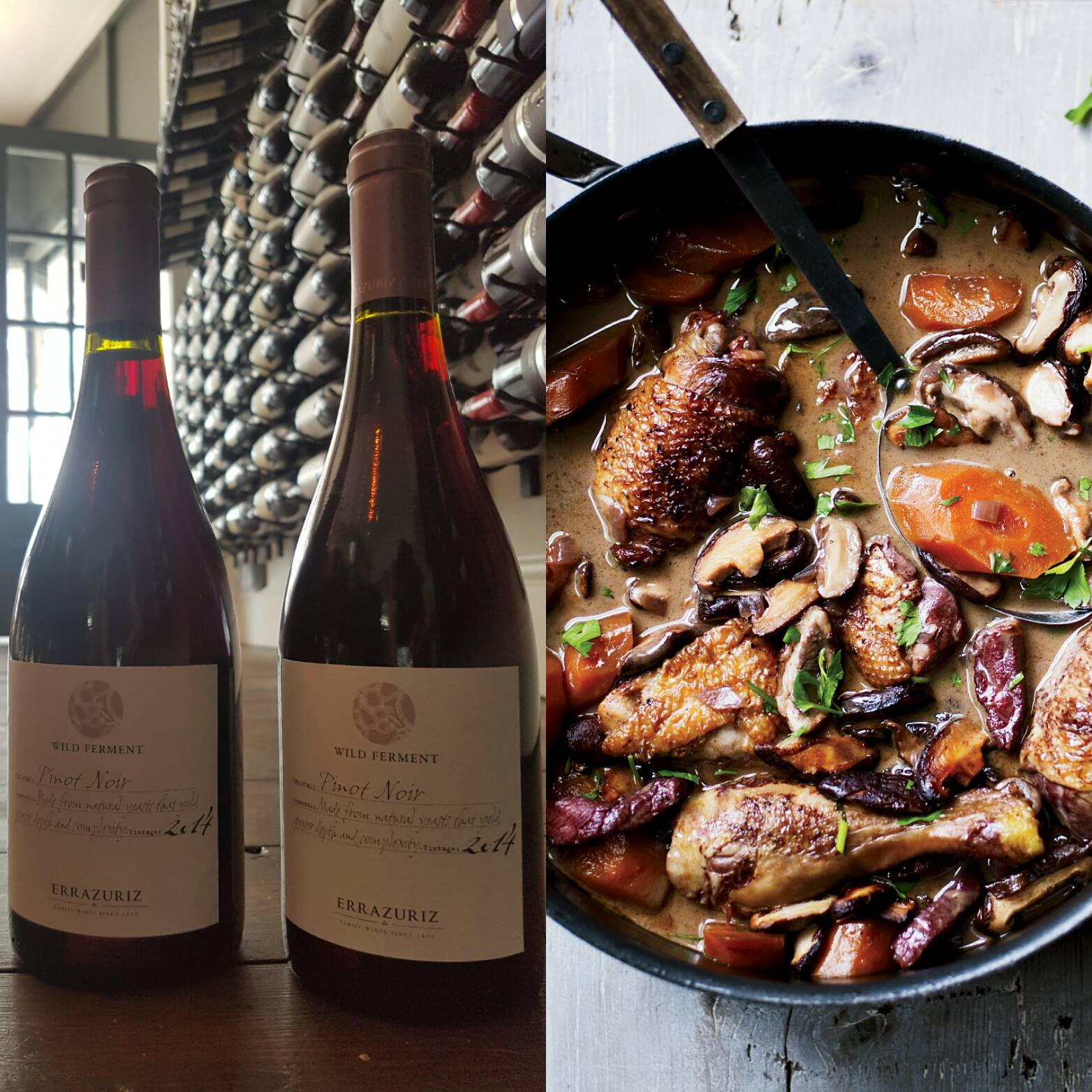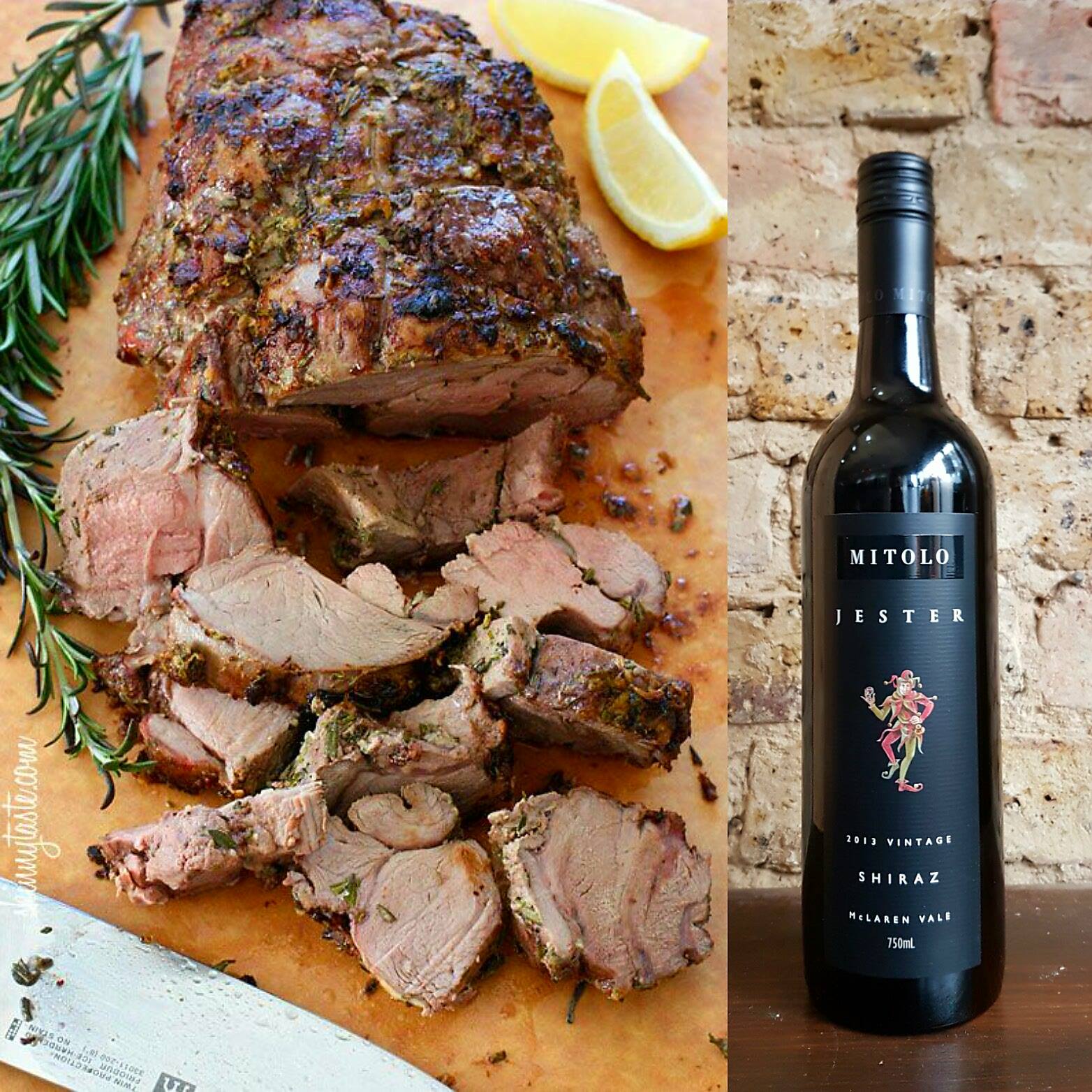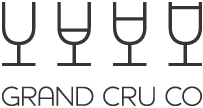- Details
- Written by Henry Conway
- Category: News
- Hits: 1711
Britains first Sake Brewery Approved
The Dojima Sake Brewery’s first UK facility, located at Fordham Abbey Estate, is set to start production in October next year, part of a five-year investment of £9m. Construction will take nine months.
Dojima owner Yoshihide Hashimoto said he was ‘very excited’ to see the work commence, after awarding the construction contract for the brewery to local company Patrick Doyle Contractors.
The brewery will make 10,000 bottles of sake during its first year of operation, and up to 10 jobs will be created initially, during construction, in the brewery and adjacent visitor centre. The project’s ‘Jichinsai’ or ground-breaking ceremony, attended by Japan’s Ambassador to the UK, Koji Tsuruoka, and local MP Lucy Frazer, took place on 28 October.
Tsuruoka said ‘Although this is a ceremony that happens in Japan when a new building is being constructed, it has never happened in the UK and I was very happy to be a part of it.’
Frazer said the decision by Dojima to locate the sake brewery at Fordham was ‘an endorsement of our region’.
The project also received support from the UK Trade and Investment (UKTI), including arranging meetings with experts and helping with the choice of location. UK food and drinks specialists Campden BRI are also involved with the project, using its water mineralisation expertise to ensure that the hard water found in the UK is suitable for making sake.
Miraval 2016 labels printed with Jolie-Pitt name
Bottle labels for the yet-to-be released Château Miraval 2016 vintage have been printed and still carry the Pitt and Jolie names, appearing to dampen speculation that the Provence estate will be imminently put up for sale.
Brad Pitt and Angelina Jolie’s winemaking partners at Château Miraval have printed labels for the estate’s Provence rose 2016 wine. The labels state that the wines has been bottled by Jolie-Pitt and Perrin. The Perrin family of Château Beaucastel helps Pitt and Jolie make the wine.
A report by Us weekly cited multiple unnamed sources in recent days as saying Pitt and Jolie would sell Miraval following news of their divorce. The publication also said that the 2016 labels were likely to be printed without the Pitt and Jolie names. ‘The rumours have been intensifying over the past few weeks’, a source close to the estate told Decanter.com. ‘But everything remains in place exactly as it has been’.
The Jolie-Pitts purchased Miraval for a reported US$60 million in 2008. They spent several years upgrading it, adding helicopter pads, a dirt bike course and fully renovating the wine cellars.
Their first Miraval rosé in partnership with the Perrins was released in 2013 and it sold out quickly. Several critics have praised the quality of the wine. One industry expert said that the 2016 label designs may have been submitted before news of the divorce proceedings broke.
Label approval for the United States is a long process, and for a quick turnaround product like rosé, the labels need to be submitted well in advance, the expert said. It would not be out of the question for new labels to be printed.
Chile’s terroir needs more recognition says Chief Winemaker at Errazuriz
Decanter's content director John Stimpfig talks to Francisco Baettig, Chief Winemaker and Technical Director at Errazuriz about his frustrations with a lack of definition and protection for Chile's top terroirs.
Right now there is no AC or quality system in Chile to protect and promote these very precious, recognised vineyard sites. And that needs to change.
Chile needs more precise appellations to develop markets, encourage its fine wine sector and protect its top terroirs, says Francisco Baettig, Chief Winemaker and Technical Director at Errazuriz.
‘It is becoming increasingly imperative that we define and develop a more rigorous and precise Appellation Contrôlée system in Chile for consumers and producers. At the moment, there is no official or legal framework for our most promising sub-areas or specific terroir sites like Apalta, Chilhué and others. Instead, the smallest division is the Comuna which is in many cases too large and unspecific.’
The last time Chile updated its appellation wine laws was in 2011 when it took two years of bureaucratic negotiations to agree decree 464. As a result, producers became entitled to use the terms Costa (coast) Entre Cordilleras (central) and Andes (Eastern) on their labels.
Previously, Chile’s wine regions were solely based only on political boundaries which divided the country from north to south. So the move was a step in the right direction, but didn’t go far enough, says Baettig. ‘The divisions are still too broad and no one sees any interest in using the Entre Cordilleras term’.
Baettig would also like to see other legal terms tightened up. ‘At the moment, we lose out through low thresholds of quality and an almost complete lack of specific designations.
For instance, to label a wine as a Reserva in Chile, the only hurdle it has to clear is that it must be more than 12%. And in Chile, there is currently no official designation or definition of a single vineyard.’
‘We need to get some better laws and more rigorous definitions in place – and as quickly as possible.’
Cheers!
- Details
- Written by Henry Conway
- Category: News
- Hits: 1473
If you're looking to impress a red wine aficionado then these two bottles from very top locations in Spain are exactly what you're looking for. Concentrated, fleshy and complex this two wines make the perfect gift. You may also want to complete your wine gift with this presentation box for only £5.90.
Come and try them for FREE with our brand new CORAVIN here at Grand Cru !
La Rioja Alta, Vina Ardanza Reserva 2007 at £26,95
Outstanding, medium-high depth, dark-cherry red with an intense pinkish rim. Very intense to the nose, with outstanding spicy aromas of black pepper, cloves, cinnamon and vanilla enveloping fine notes of red berries. In the mouth, we enjoy a pleasant structure, balanced acidity and delicate, enveloping tannins. Broad finish, with a round, elegant aftertaste.
Majuelos de Callejo, Ribera del Duero 2009 at £29.50
This wine is clean and bright with an intense colour. Attractive and elegant on the nose with aromatic complexity and intensity. On the palate it has a fleshy and velvety texture. It expresses an immense fruitiness with an interesting mix of red and black fruit.
Try it with Iberico ham and Machengo Tapas !
- Details
- Written by Henry Conway
- Category: News
- Hits: 1058
A lovely sunny Saturday has lightened the mood after a cold burst so we thought we would make it even better with our lovely Chilean Pinot Noir.
In the last few years, Errazuriz has been recognized as perhaps the single top quality producer of Chilean wines. Its wines were either the top-rated or shared the top rating in the last major Chilean reviews from the Wine Spectator, the Wine Advocate, and Tanzer.
ERRAZURIZ WILD FERMENT PINOT NOIR 2014 @ £14.95 EACH
A vibrant ruby red with bright violet nuances when the light hits it, the nose of the Wild Ferment Pinot Noir pours red fruit flavours of cherries, raspberries, and exotic fruits, along with notes of dill and tobacco against a floral backdrop. The palate backs up the red fruit flavours with light notes of toast and nuts such as hazelnuts to the mix.
And if you haven't thought about what to have to eat over the weekend, well why not make yourself a rich Coq au Vin to pair with our big Pinot Noir?

Coq Au vin
1½ tbsp olive oil
3 rashers (100g) dry-cured, smoked back bacon, fat trimmed, chopped
12 small shallot, peeled
2 free-range chicken leg (460g), skin removed
4 free-range chicken thigh with bone and skin (650g), skin removed
2 free-range, skinless, boneless chicken breast (280g)
3 garlic clove, finely chopped
3 tbsp brandy or Cognac
600ml red wine
150ml good-quality chicken stock
2 tsp tomato purée
3 thyme sprigs, 2 rosemary sprigs and 2 bay leaves, to make a bouquet garnish
small handful chopped flat-leaf parsley, to garnish
For the mushrooms
1½ tbsp olive oil
250g chestnut mushroom, halved if large
For the thickener
2 tbsp plain flour
1½ tsp olive oil
1 tsp softened butter
1.Heat 1 tbsp of the oil in a large, heavy-based saucepan or flameproof dish. Tip in the bacon and fry until crisp. Remove and drain on kitchen paper. Add the shallots to the pan and fry, stirring or shaking the pan often, for 5-8 mins until well browned all over. Remove and set aside with the bacon.
2. Pat the chicken pieces dry with kitchen paper. Pour the remaining oil into the pan, then fry half the chicken pieces, turning regularly, for 5-8 mins until well browned. Remove, then repeat with the remaining chicken. Remove and set aside.
3. Scatter in the garlic and fry briefly, then, with the heat medium-high, pour in the brandy or Cognac, stirring the bottom of the pan to deglaze. The alcohol should sizzle and start to evaporate so there is not much left.
4. Return the chicken legs and thighs to the pan along with any juices, then pour in a little of the wine, stirring the bottom of the pan again. Stir in the rest of the wine, the stock and tomato purée, drop in the bouquet garni, season with pepper and a pinch of salt, then return the bacon and shallots to the pan. Cover, lower the heat to a gentle simmer, add the chicken breasts and cook for 50 mins-1hr.
5. Just before ready to serve, heat the oil for the mushrooms in a large non-stick frying pan. Add the mushrooms and fry over a high heat for a few mins until golden. Remove and keep warm.
6. Lift the chicken, shallots and bacon from the pan and transfer to a warmed serving dish. Remove the bouquet garni. To make the thickener, mix the flour, olive oil and butter in a small bowl using the back of a teaspoon. Bring the wine mixture to a gentle boil, then gradually drop in small pieces of the thickener, whisking each piece in using a wire whisk. Simmer for 1-2 mins. Scatter the mushrooms over the chicken, then pour over the wine sauce. Garnish with chopped parsley.
- Details
- Written by Henry Conway
- Category: News
- Hits: 1501
When people think of Piedmont, they imagine Barolo and Barbaresco, two famous areas producing age-worthy Nebbiolo wines. In truth, Barolo and Barbaresco only account for 3% of Piedmont’s production, there’s quite a bit more to uncover.
Dolcetto is a bit of a misnomer because the word means ‘little sweet one’: Dolcetto is neither sweet nor ‘little’. The wines made with Dolcetto are very dark in colour with flavours of blackberry, licorice and tar. The wines are not known to age well because they have low acidity but offer plenty of mouth-drying tannin. Many producers in Piedmont are starting to make Dolcetto in a fruit-forward style.
This is the case of our juicy and ripe Dolcetto D'Alba, G.D. Vajra, 2014 at £14.95
Aromas and flavours of violets, red fruits and berries, marasca cherries and hay. Smooth and open on the palate, it is balanced with refined tannins and lightened by a fresh acidity.
Try it with one of the most traditional dishes from Piedmont :
Mushroom and Sausage Ragu with Creamy Polenta (An Italian storecupboard staple, polenta has its roots in the peasant cuisine of northern Italy…)

Ingredients
1 tbsp olive oil
1 onion, chopped
1 garlic clove, finely chopped
6 pork sausage, skins removed
400g can chopped tomato
200ml chicken stock
1 tbsp tomato purée
4 rosemary
sprigs, chopped
200g instant polenta
100g smoked cheese, grated
Method
Heat the oil in a large casserole dish over a medium-high heat and cook the onion and garlic for a few mins. Stir in the sausages, breaking them up into small pieces as you go, and cook for another 8-9 mins. Stir in the chopped tomatoes, stock, purée and most of the rosemary. Bring to a simmer and cook for another 8-10 mins or until the mixture is thickened. Season to taste. Meanwhile, make up the polenta following pack instructions. Remove from the heat and stir in the cheese, with some seasoning. Spoon the polenta onto 4 plates, then top with the ragout and a sprinkling of the remaining rosemary.
Come and taste this and 40 more other delicious wines FOR FREE here at Grand cru !
- Details
- Written by Henry Conway
- Category: News
- Hits: 1455
Good afternoon peeps !
Today we are excited to introduce you our latest addition to our shop. An exceptional gadget for all wine lovers that is going to revolutionize the way we taste wine. We're talking about the bespoke Coravin.
If you’ve ever wanted to not drink a full bottle of wine in one sitting, Coravin is exactly what you need.
Coravin is a needle-through-the-cork system that enables you to siphon wine out of bottles without spoiling what’s left. The needle is based on one used for chemotherapy. Having pushed the needle through the cork, you pull a trigger to inject argon through the needle at a pressure of 24 pounds per square inch. When the bottle is pressurised, you can pour the wine into your glass – a mouthful just to taste, or a full glass. it’s up to you. The wine left in the bottle never comes in contact with oxygen, and the cork – because cork is elastic – reseals itself in just a few minutes. Coravin is a system of wine sampling. The cork stays in place, the level of wine goes down, and you can, if you want, drink from the same bottle over a period of years.
You will now be able to taste more than 40 wines from our amazing selection. No more doubts or uncertainties when you buy a bottle from us. You'll get exactly what you like !
So, what are you waiting for ? Come and get your Coravin here at Grand Cru starting from £199.
Cheers !
- Details
- Written by Henry Conway
- Category: News
- Hits: 1460
Shiraz, like every other wine, varies in style depending on its price, age and region of origin but you can be pretty sure when it comes to matching Australian Shiraz we’re talking about a full-bodied red.
What most people probably think of is a Barossa or McLaren Vale shiraz - big, lush, sweet and ripe.
If you enjoy this sort of style we suggest you to try our
Mitolo Jester, Maclaren Shiraz, 2013 at £12.25
Deep, dark red. The nose is bright, lifted and aromatic,with raspberry, blackberry and mint chocolate characters. The palate is concentrated with a luscious rolling texture and packed with fresh blackberry and plum, dark chocolate, liquorice and a hint of white pepper spice. The wine is juicy and plush with silky tannins that linger, providing a drying, savoury finish.
Pair your red Aussie with
SLOW ROASTED LEG OF LAMB WITH HERB RUB
Ingredients
whole head of garlic
1 tbsp salt flakes
2 sprigs rosemary, leaves only, chopped
2 sprigs thyme, leaves only
olive oil
1 leg of lamb, approximately 2kg
For the mashed potatoes
1kg potatoes
100g butter
25g parmesan grated
salt and freshly ground black pepper
Method
Preheat the oven to 160C. Separate and peel the garlic cloves, and crush them with the salt in a pestle and mortar. You need enough salt to give the mixture some grit. Mash the garlic into the salt. Add the rosemary and thyme, then mix with enough olive oil to make a thick paste. Rub the garlic mixture over the whole surface of the lamb. Place the lamb into a deep sided roasting tin. Add 250ml of water to the roasting tin. Baste the meat with the liquid then cover the lamb with foil. Place in the oven and roast for 3-3½ hours, until cooked to your liking. When cooked, pour off any excess oil from the top of the liquid, leaving the cloudy, herby sediment in place. This is the gravy. Cover the pan with a lid and rest for 15 minutes. Cut up the potatoes and cook in boiling, salted water. When soft enough to mash, drain in a colander then mash with the butter and grated parmesan. Season well with salt and pepper.
Carve the lamb into thick chunks and serve with the mashed potatoes. Pour over the pan juices.
Enjoy it !!




